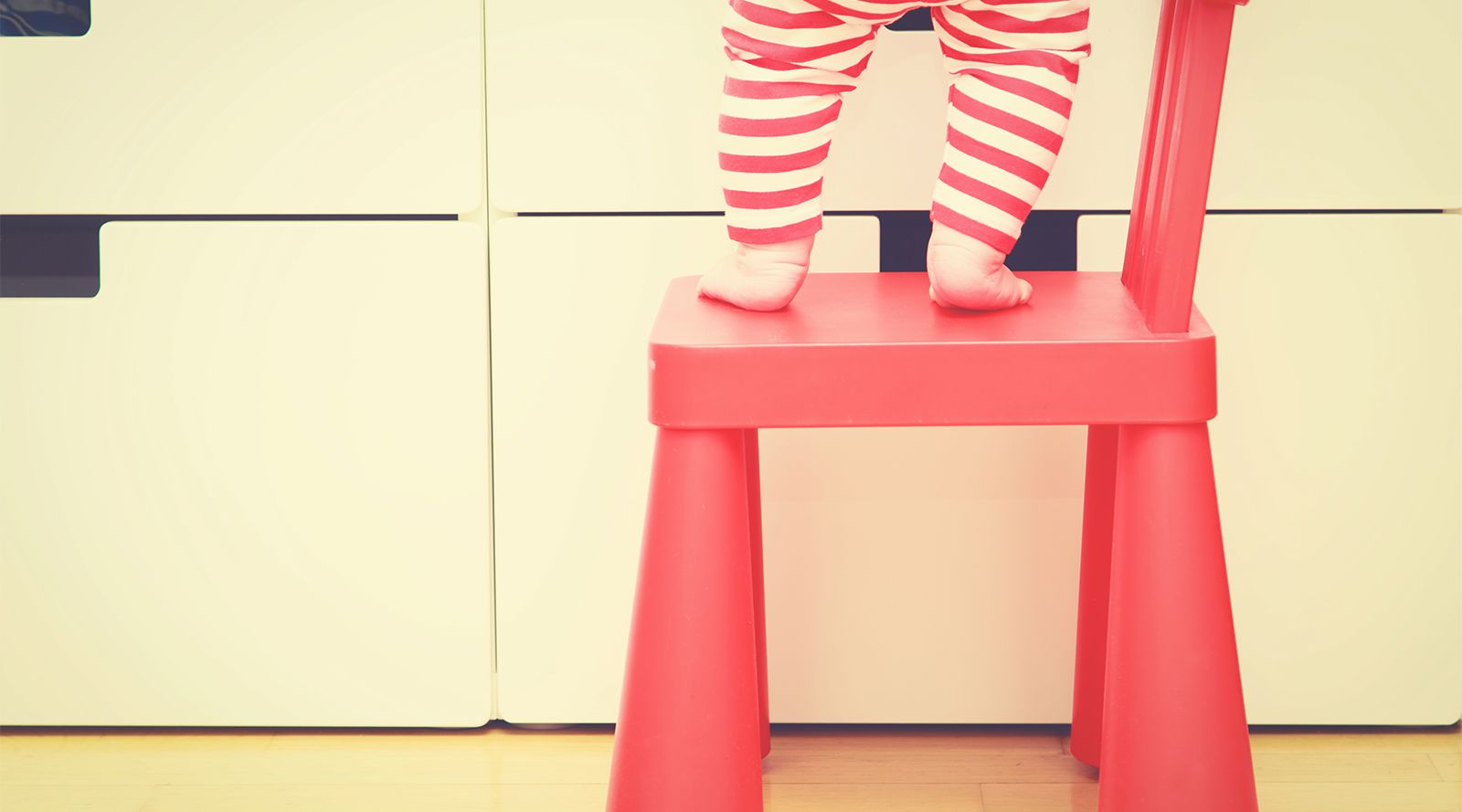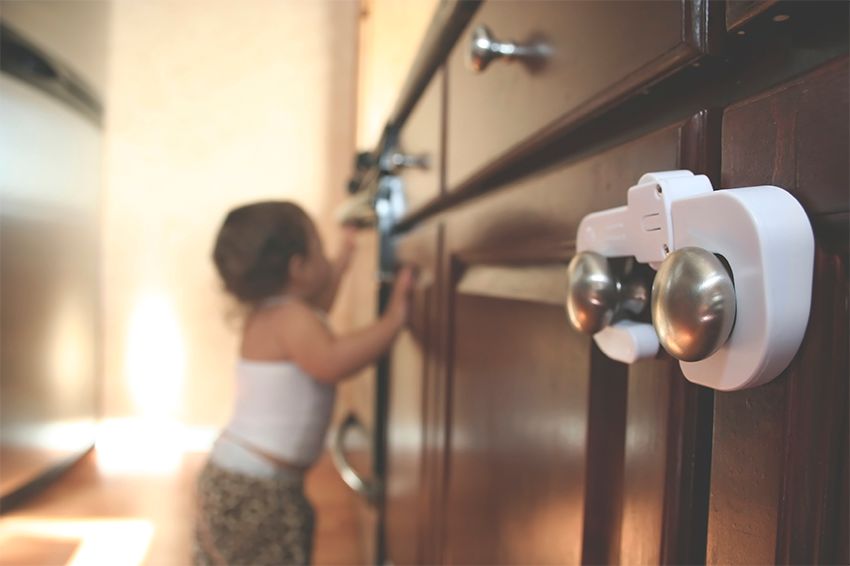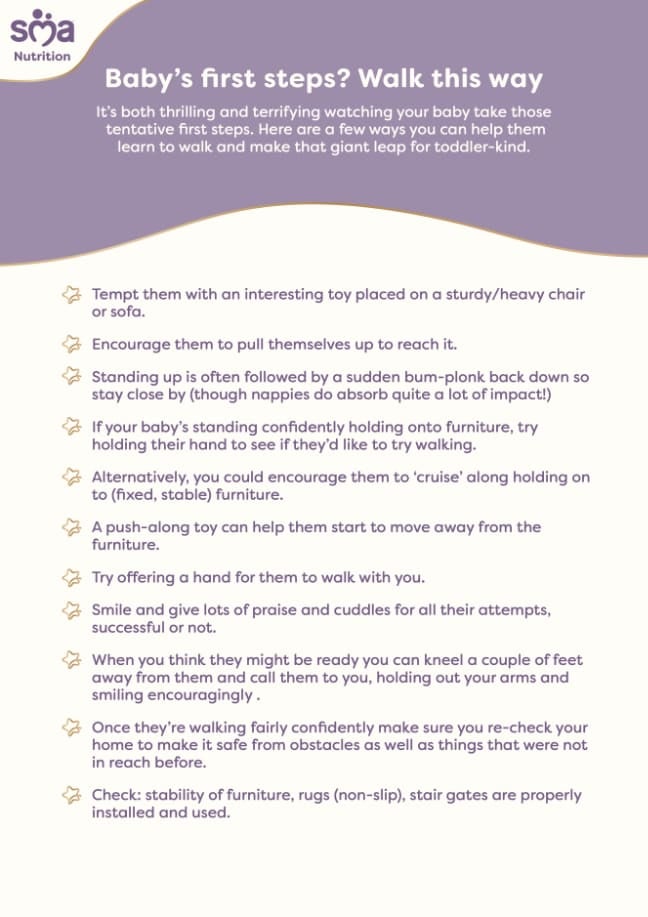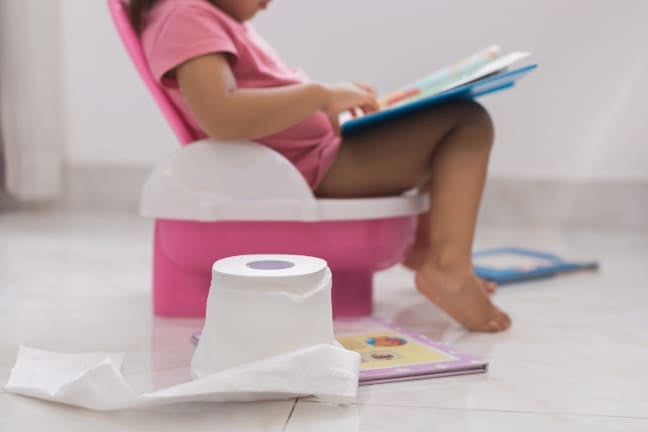Introduction
The transition from being pretty immobile to being the fastest thing on hands and knees (with zero spatial awareness) can take less time than your next cuppa takes to go cold. Speaking of hot drinks, it’s time to toddler-proof your home for their invasion. This article covers top tips on stage by stage toddler proofing.
The basics of toddler-proofing
Out of sight and out of reach is best for all hazardous substances and objects including:
- Medicines
- Laundry/dishwashing capsules
- Household cleaning products
- Soap, shower gel, cosmetics, make-up
- Sharp objects
- Alcohol
- Small items such as coins, buttons, batteries (especially coin batteries), beads, jewellery, paper clips, pins, older children’s toys etc.
- Hot drinks
- Handbags (Do you even know what’s in there?)
- Hair straighteners and irons (the heat and the cables are hazardous)
When cooking
- Try to use the burners towards the back of the hob
- Keep pan handles turned away
If you can’t keep an eye on your little one (e.g. you’re cooking, need the loo or have to make a phone call), pop them in their cot or strap them into their high-chair or pushchair with a favourite toy. You can still chat to them and keep an eye out without worrying where they might toddle off to next.
Stage-by-stage toddler-proofing
Crawling
Not all babies crawl. Some bum-shuffle. Some pull themselves arm over arm, commando-style. Others miss out this bit altogether and go straight to walking. However they get about, it’s time to consider low-level hazards in your home. The ideal way to do this is to get on your hands and knees yourself for a baby’s-eye-view of the terrain, including:
- Sharp corners on low furniture (foam padding)
- Plants and plant pots (toxic plants, soil, stability)
- Floor lamps and fans (cables, stability)
- Doors (toddler door lock, safety catches, hinge covers, door stops)
- Under furniture (protruding nails/screws)
- Low drawers/cupboard/cabinets (drawer locks for toddlers, spring locks, magnetic locks)
- Washing machine, tumble dryer, dishwasher (secure doors)
- Fridge/freezer (fridge locks for toddlers, less for baby’s sake more for your food’s sake)
- Cables (cable tidies, tucked or hidden away)
- Cords for curtains or window blinds (roll up and secure well out of reach and secure with a cord tidy)
- Low ovens (oven door guard, activate any built-in child locks)
- Ironing board (put away straight after use as easily toppled)
- Iron (put well out of reach and ensure cable is secured out of reach also)
- Make sure you move the family pet’s food and water bowls, and their toilet (e.g. kitty litter box) off the floor when not in use (yes, really)
- Fireplace (fireplace locks for toddlers, protective screens)
Standing
Once they’ve thoroughly explored the house on hands and knees, your toddler-in-training will have worked up enough muscle power in their little legs to pull themselves up to standing. So, as well as the above, you will need to consider the following:
- The level of their cot mattress – lowest is safest
- Make sure mobiles and other toys are safely out of reach when your child is in their cot
- Tall furniture and floor-leaning mirrors - make sure they’re safely anchored to the wall
- All items that could be within reach on tables, sofas - remove or ensure not potentially harmful
- All drawers secure - they may have handles that can be grabbed for balance or used as steps
- Long curtains and blinds that can be grabbed - tie back or roll out of reach, secure with a cord tidy
- Fridge magnets - move out of reach as they are a potential choking hazard
- Secure televisions to walls if low and free-standing
- Ovens - secure door and activate any built-in child locks
- Hob - hob cover to prevent little fingers turning the knobs as well as touching hot plates and activate any built in child locks
Cruising and Climbing
Yes, you guessed it. Now they’ve mastered standing up, sooner or later they’ll work out they can walk on two legs – with a bit of assistance to begin with. So now is the time to:
- Move furniture away from windows
- Put locks or safety catches/width restrictors on windows
- Install stair gates – if you haven’t already
Walking
Yay! This is a marvellous milestone. Along with enormous pride and elation, you may also feel a little teary that your baby is now officially moving into full-blown toddler mode. The next things to consider are:
- Lucky enough to have a pond? Make sure it’s covered with a heavy or secured metal grid
- Make sure paddling pools are emptied straight away after use and stored away
- Check for any toxic plants
- If you have a glass greenhouse, consider fencing it off
- Make sure your toddler can’t access the garage, shed or other outbuildings they could become trapped in or that contain hazardous items
Support your baby as they learn to walk with our practical tips. Discover ways to encourage those exciting first steps and help build your toddler’s confidence.
If your toddler is now in a forward-facing car seat double-check that the child safety locks are engaged on the car door.
Childproofing your home is a continuous process that will change as your child grows and learns new abilities. By taking a proactive, stage-by-stage approach to potential hazards - at low levels, standing height, and above – you can create a safer environment for your adventurous toddler. If you haven’t got them already then get smoke alarms fitted on every level of your home and test them weekly. It's important to regularly reassess your home and modify your safety strategies to keep pace with your child's increasing mobility and curiosity.










